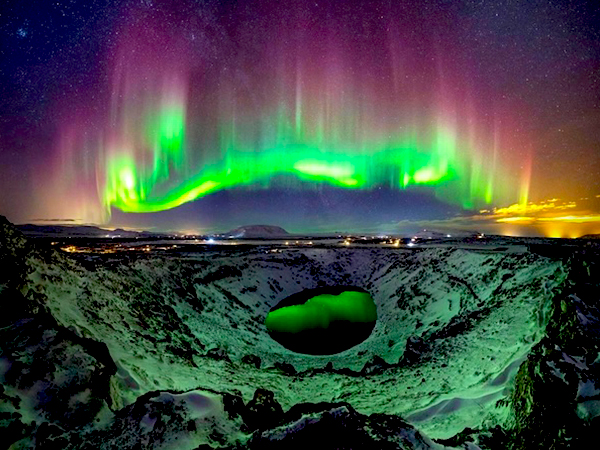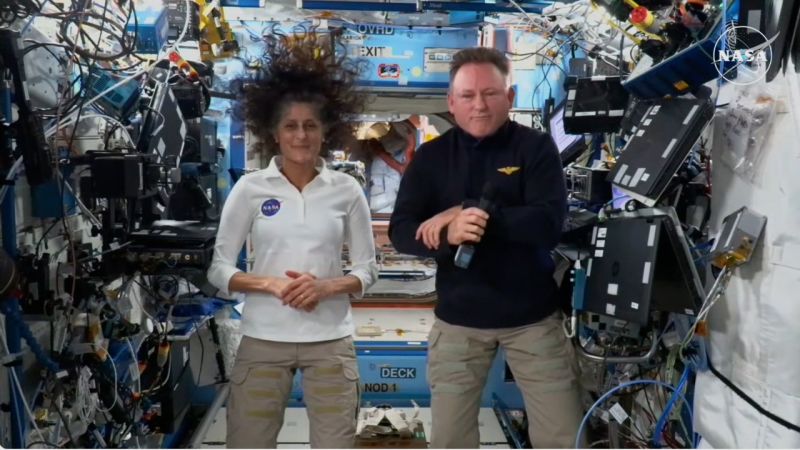This image illustrates the 140-mile-wide (226-kilometer-wide) asteroid Psyche, which is located in … [+]
In two weeks, one of the most highly-anticipated space missions in years will take off from Florida.
The launch window for NASA’s Psyche mission will open on Thursday, Oct. 5 and will send a spacecraft on a trajectory to one of the most fascinating objects in the asteroid belt between Mars and Jupiter.
But in addition to NASA’s expedition to uncover the mysteries of 16 Psyche–one of the most metallic objects ever observed and potentially the core of a baby planet–the space agency has three other significant asteroid-related milestones scheduled for this season.
“NASA has invested in multiple missions that focus on the diverse populations of asteroids and the unique roles that each of those populations can play in revealing the history of our solar system,” said Lori Glaze, director of the Planetary Sciences Division at NASA Headquarters in Washington, in a press briefing. “Three of those missions will reach major milestones this autumn, which we are calling ‘asteroid autumn’.”
Here’s everything you need to know about the three significant moments in “asteroid autumn”:
Artist’s illustration of NASA’s OSIRIS-REx spacecraft collecting a sample from the asteroid Bennu.
1. NASA’s OSIRIS–REx Mission Launches Drops Off A Sample From the Asteroid Bennu
Significant moment: Monday, Sept. 24
Kicking off “asteroid autumn” is the flyby of Earth by NASA’s OSIRIS-REx spacecraft, which visited the distant Bennu asteroid and collected a pristine sample in October 2020. On Sept. 24, it will deliver that sample next week, releasing it into Earth’s atmosphere, where it will parachute down into the Utah desert. This presents a rare opportunity for researchers to examine pristine examples of the early solar system’s composition.
Here’s everything you need to know about NASA’s first-ever sample-return mission.
Artist’s concept of the Psyche spacecraft, which will conduct a direct exploration of an asteroid … [+]
2. NASA’s Psyche Mission Launches To 16 Psyche
Significant moment: Oct. 5
Scheduled to launch atop a SpaceX Falcon Heavy—the first planetary mission to do so—NASA’s Psyche mission to 16 Psyche will provide planetary scientists with the first-ever glimpse of the most metallic object observed thus far. Aside from its theoretical monetary value, this metal asteroid, which orbits the sun between Mars and Jupiter, is believed to be the inert core of a failed planet, shedding light on planetary formation and potentially offering insights into Earth’s own core.
Upon arrival in 2029 after a 2.2 billion-mile journey, the solar-powered spacecraft will orbit 16 Psyche for 26 months, studying and mapping the asteroid’s properties.
An artist’s concept of the Lucy Mission.
3. NASA’s Lucy Mission Encounters Asteroid Dinkinesh
Significant moment: Nov. 1
NASA’s Lucy mission was launched in October 2021 with the aim of visiting a group of asteroids known as Trojans, ancient remnants of the early solar system that are clustered in two “swarms” leading and trailing Jupiter along its path around the sun. Before reaching a Trojan in 2027, it will flyby a main belt asteroid called Dinkinesh in November. Although the encounter primarily serves as an engineering test for the spacecraft, mission scientists are excited about the potential insights they could gain from this small main belt asteroid.
Why NASA Is Fascinated With Asteroids
One reason for NASA’s current fascination with asteroids, small rocky, metallic, or icy bodies that lack an atmosphere and orbit the sun, is planetary defense. Advanced telescopes have discovered an increasing number of near-Earth asteroids in recent years, some of which come very close to or even intersect Earth’s orbital path around the sun. A notable example is the Double Asteroid Redirection Test mission, which successfully altered the trajectory of an asteroid named Dimorphos in September 2022.
However, NASA is primarily interested in asteroids because of the insights they can provide into the formation of the solar system. Each asteroid is a remnant of the building blocks that composed the planets and moons. “Although the Psyche asteroid represents just one type of asteroid, there are several others, each with different chemical or physical properties, and some are located in distinct regions of the solar system,” said Glaze. Through the study of these small bodies, planetary scientists can gain knowledge about the origin and evolution of our solar system, as well as the ongoing processes taking place in it.
Wishing you clear skies and a curious outlook on the cosmos.












